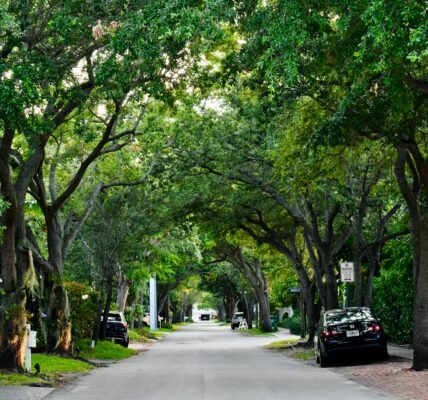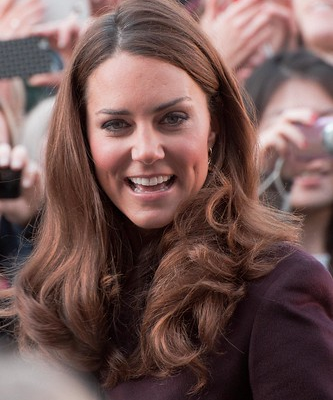Blue, a color often associated with tranquility, depth, and loyalty, has captivated humans for centuries. Whether it’s the vastness of the ocean, the serenity of a clear sky, or the vibrant hues of a peacock’s feathers, blue has a unique ability to evoke emotions and inspire creativity. In this article, we will explore various methods of creating blue, from traditional pigments to modern digital techniques.
Blue in Nature
Before delving into artificial methods of creating blue, it’s essential to appreciate the natural sources of this beautiful color. Blue pigments can be found in minerals, plants, and animals.
Minerals: Lapis lazuli, a deep blue gemstone, has been used as a pigment since ancient times. Other blue minerals include azurite, malachite, and indigo copper.
Plants: Indigo, a plant native to India and Southeast Asia, has been used to produce blue dye for centuries. Other blue-producing plants include weld, madder, and woad.
Animals: The blue pigment in the feathers of birds like peacocks and blue jays is derived from melanin, a natural pigment found in animals.
Traditional Pigments
Traditional pigments have been used for centuries to create blue paints, dyes, and inks. These pigments are typically made from natural materials, such as minerals and plants.
Ultramarine: This is a synthetic pigment made from lapis lazuli. It is known for its intense blue color and excellent lightfastness.
Prussian Blue: A synthetic pigment invented in the 18th century, Prussian blue is highly stable and has a deep blue color.
Phthalocyanine Blue: A modern synthetic pigment, phthalocyanine blue is known for its excellent lightfastness and vibrant color.
Modern Pigments
In recent years, new pigments have been developed that offer improved properties, such as brightness, lightfastness, and environmental friendliness.
Quinacridone Blue: This is a synthetic pigment known for its intense blue color and excellent lightfastness.
Dioxazine Blue: Another synthetic pigment, dioxazine blue is highly stable and has a deep blue color.
Metallic Blue: These pigments are made from metal oxides or sulfides and offer a metallic sheen.
Creating Blue with Light
In addition to pigments, blue can also be created using light. This is the principle behind color television, computer monitors, and other electronic displays.
Additive Color Mixing: In this method, red, green, and blue light are combined to create different colors. By mixing equal amounts of red and green light, you can create yellow. Similarly, mixing equal amounts of green and blue light will create cyan.
Subtractive Color Mixing: This method involves starting with white light and then filtering out certain wavelengths. By filtering out red and green light, you can create blue.
Digital Blue
In the digital world, blue can be created using software and hardware.
Color Models: Different color models, such as RGB (Red, Green, Blue) and CMYK (Cyan, Magenta, Yellow, Black), are used to represent colors digitally. In the RGB model, blue is represented by the value (0, 0, 255).
Color Pickers: These tools allow you to select a specific color from a palette or by entering color codes.
Digital Painting and Design Software: Programs like Adobe Photoshop and Illustrator offer a wide range of tools for creating and manipulating blue colors.
The Psychology of Blue
Blue is often associated with feelings of tranquility, trust, and loyalty.It’s also thought to have a relaxing impact on the body and mind. As a result, blue is frequently used in branding, marketing, and interior design.
Conclusion
Blue, a color that has captivated humans for centuries, can be created using a variety of methods, from traditional pigments to modern digital techniques. Whether you are an artist, a designer, or simply someone who appreciates the beauty of blue, understanding the different ways to create this color can deepen your appreciation for its versatility and impact.
FAQs
What is the color blue made from?
Blue is a primary color, meaning it cannot be created by mixing other colors. It is one of the three basic colors used in color theory.
How can I make blue with paint?
While you cannot directly make blue from other paints, you can create shades of blue by mixing primary blue with other colors. For example:
Light blue: Mix blue with white.
Teal: Mix blue with green.
Periwinkle: Mix blue with purple.
Can I make blue with food coloring?
Yes, you can make blue food coloring by mixing red and green food coloring. However, the exact proportions will depend on the specific shades of red and green you are using.
What are some natural ways to make blue?
There are several natural substances that can be used to create blue dyes or pigments. Some examples include:
Indigo: A plant-based dye that has been used for centuries to color fabrics.
Blueberry juice: Can be used as a natural food coloring.
Blueberries: Can be crushed and used to create a blue pigment for painting or crafts.
Blueberries: Can be crushed and used to create a blue pigment for painting or crafts.
How can I make blue with markers?
To make blue with markers, you simply need to use a blue marker. However, if you want to create different shades of blue, you can try layering blue and other colors.
What are some fun activities for making blue?
Here are some fun activities for making blue:
Painting: Create beautiful blue paintings using different techniques and materials.
Crafts: Make blue crafts, such as blue paper flowers or blue clay sculptures.
Cooking: Use blue food coloring to create blue-colored food and drinks.
Science experiments: Conduct experiments to learn about the science behind the color blue.
What are some famous blue paintings?
There are many famous paintings that feature the color blue. Some examples include:
The Starry Night by Vincent van Gogh
Mona Lisa by Leonardo da Vinci
Blue Period paintings by Pablo Picasso
Why is blue often associated with peace and tranquility?
Blue is often associated with peace and tranquility because it is a calming color. It can help to reduce stress and anxiety.
What is the meaning of blue in different cultures?
The meaning of blue can vary depending on the culture. In some cultures, blue is associated with royalty and wealth. In others, it is associated with sadness or depression.
What are some famous blue songs?
There are many famous songs that reference the color blue. Some examples include:
“Blue Suede Shoes” by Carl Perkins
“Feeling Blue” by Elvis Presley
“Blue Monday” by New Order
What is the best way to mix blue paint?
When mixing blue paint, it is best to start with a small amount of each color and gradually add more until you achieve the desired shade. It is also helpful to use a palette knife or brush to mix the paints thoroughly.
To read more, Click Here.




